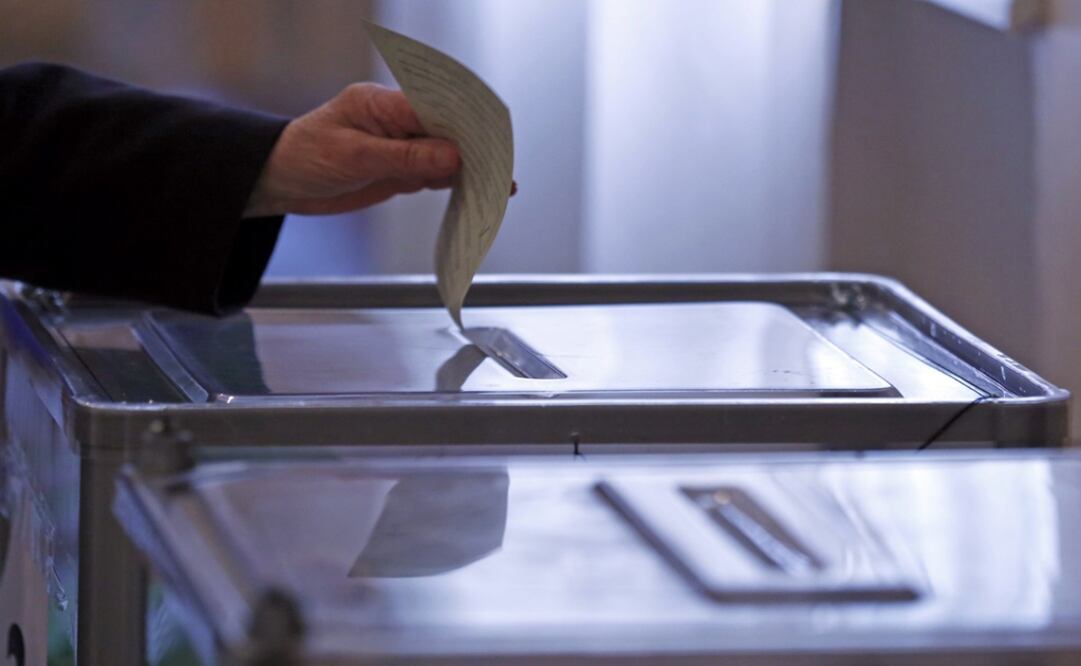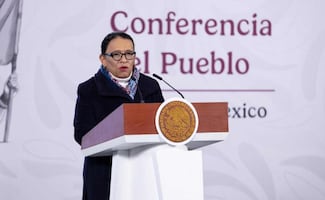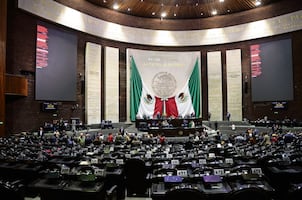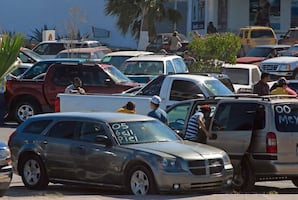This year might as well be remembered as the election year around the world . Besides July’s General Election in Mexico , the citizens of 25 countries will take their votes to the polls throughout 2018 —or have already done so, namely in Czech Republic , Finland , Cyprus , and Costa Rica —in several processes at presidential, legislative, regional, and local level, representing a test to their respective external voting systems .
New Presidents and Heads of State will be elected in Russia , Colombia , Cuba , Italy , and Brazil and let’s not forget the relevance of the United States midterm elections in November, which could jeopardize the Republican hegemony in both chambers of Congress.
As a matter of fact, the surprising result of the U.S. election in 2016 can now be seen as the beginning of a two-year period marked by a flurry of global electoral activity . Leaving aside China — President Xi Jinping tightened his grip on power in the 19th Communist Party Congress in 2017 , leaving open the possibility that he will not step down in 2022 —the biggest countries by GDP will have held national elections.
Bearing in mind that 2018 will be challenging for external voting systems around the world, let’s dive into the history of this particular electoral process. Its first recorded use can be traced back to the Roman Emperor Augustus who apparently developed a new kind of suffrage which allowed the members of the local Senate in 28 newly established colonies to cast votes for candidates for the city offices of Rome and sent them under seal to Rome for the day of the elections.
In the modern age , the earliest record of an external voting system can be traced back to 1862 when Wisconsin became the first of a number of U.S. states which enacted provisions to allow absentee voting by soldiers fighting in the Union Army during the Civil War.
Outside the military context, New Zealand introduced absentee voting for seafarers in 1890 and Australia adopted a limited model in 1902 , but once again, war conditions boost external voting systems as absentee voting for British military personnel conducted by proxy was introduced in in 1918 or the guarantee passed in 1942 that allowed U.S. service personnel to register for a postal vote.
Oversea postal vote
was gradually extended to cover non-military personnel serving abroad in 1955 and for every U.S. citizen abroad in 1968 . Finally, the registration provision became mandatory for the U.S. in 1975 .
A generalized practice
Today, according to studies conducted by Mexico’s National Electoral Institute ( INE ) and the United Nations , it is possible to document the existence and the application of regulations and systems for voting from abroad in about 150 countries . From 1990 to 2014 , the number of Latin American countries within this list rose from three to fifteen , suggesting an almost natural correlation to both access and restoration of democratic institutionalism which have occurred in recent decades, as one theory suggests.
Therefore, voting from abroad might be considered as a legitimate political and institutional response to the discourse and demands for democratic and universal suffrage that have been growing globally, a demand that finds solid conceptual and doctrinal support in some multilateral juridical instruments, such as the UN’s International Covenant on Civil and Political Rights .
Nevertheless, there is a great ambiguity regarding which groups of people are allowed to vote from abroad, what is required from them, how and where votes can be cast, and how they are counted.
Out of the 150 countries cited above, some two-thirds allow all their citizens to vote from abroad, and one-third partially restrict the right to an external vote. Some countries, for example, allow external voting only for certain groups abroad, others allow the practice only for certain elections or only in very few countries abroad.
The practical implementation of abroad voting exercises is complicated for a series of reasons such as the number of voters, their locations, distances involved, cost and even the complexity of the system. External voting makes election planning more complex as double voting has to be prevented since there could be voters casting a vote both from their home country and from abroad.
There are four groups of people staying or residing abroad who are entitled to vote :
A) Migrant workers.
B) Refugees and internally displaced persons.
C) Individuals in certain professional groups, such as military personnel, public officials or diplomatic staff and their families.
D) All country’s citizens living or staying abroad, temporarily or permanently.
There are also five different methods in use for external voting:
A) Personal voting at diplomatic missions or other designated places.
B) Postal voting.
C) Voting by proxy.
D) Voting by email.
Editing by
More by
Noticias según tus intereses
[Publicidad]
[Publicidad]














